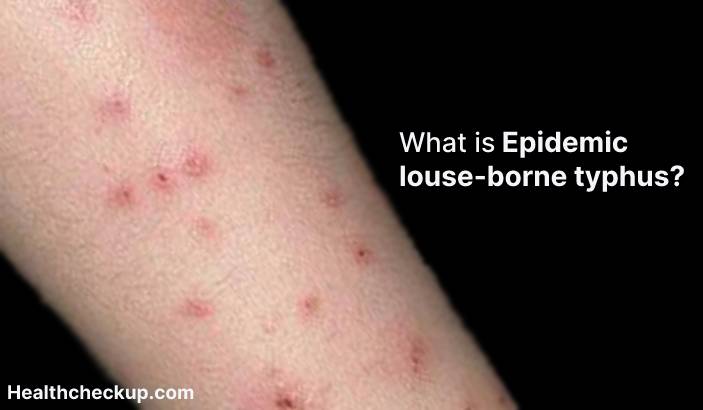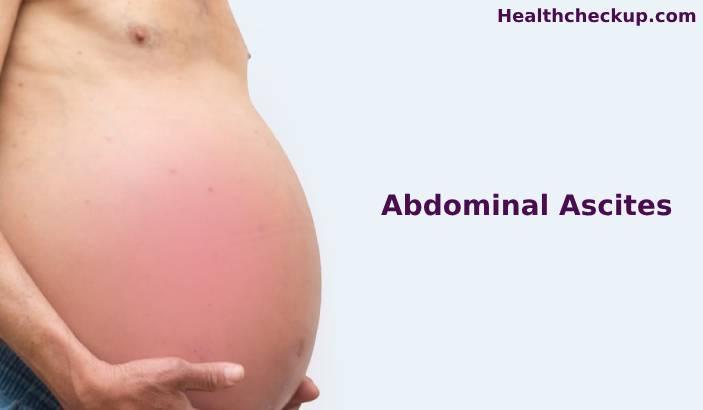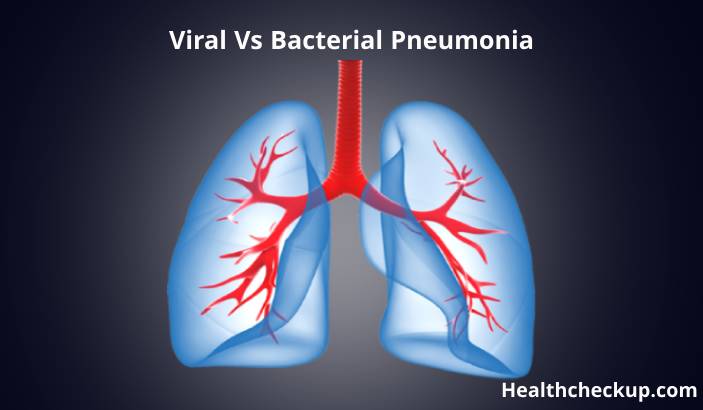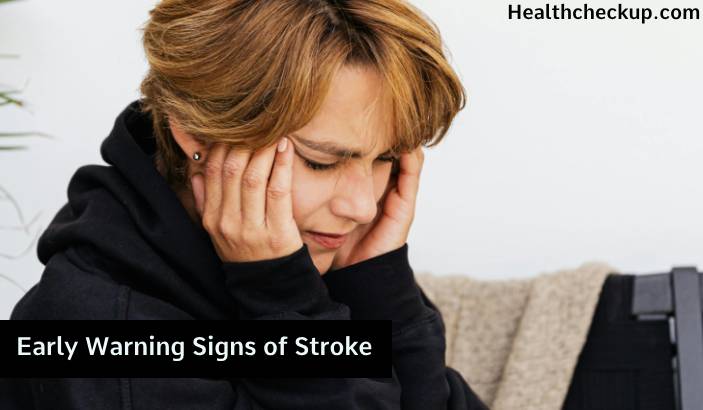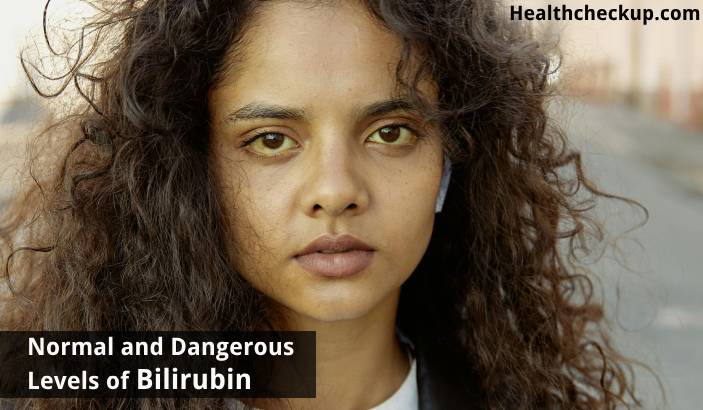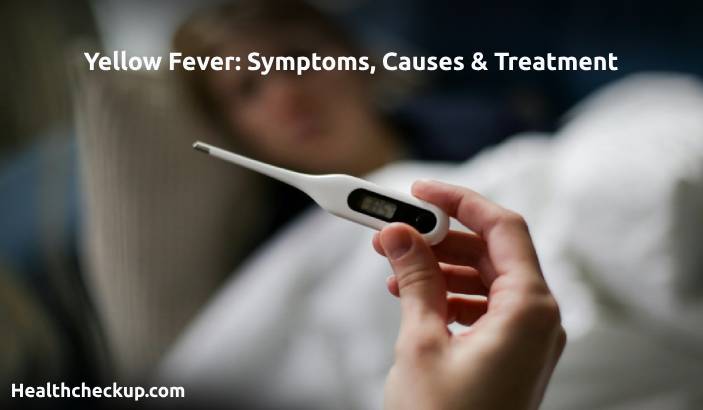Epidemic louse-borne typhus, also known as louse-borne typhus, is a bacterial infection caused by Rickettsia prowazekii. It is transmitted to humans through the bites of infected lice and is most commonly found in areas with poor hygiene and overcrowding. Epidemic louse-borne typhus can range from a mild, flu-like illness to a severe, potentially life-threatening condition.
Symptoms of epidemic louse-borne typhus
Symptoms of epidemic louse-borne typhus appear one to two weeks after infection and include:
- Fever
- Headache
- Muscle aches
- Weakness
- Rash
- Nausea and vomiting
In severe cases, epidemic louse-borne typhus leads to complications, such as:
- Seizures
- Delirium
- Coma
- Bleeding disorders
- Renal failure
Diagnosis of epidemic louse-borne typhus
Epidemic louse-borne typhus is typically diagnosed based on the presence of characteristic symptoms and a history of exposure to infected lice. Laboratory testing, such as a blood test or skin scraping, is also used to confirm the diagnosis.
Treatment of epidemic louse-borne typhus
Epidemic louse-borne typhus is typically treated with antibiotics, such as tetracycline or chloramphenicol. Treatment is most effective if it is started early in the course of the illness. In severe cases, hospitalization is needed to provide supportive care, such as fluids and electrolytes.
Prevention of epidemic louse-borne typhus
There are several steps that can help to reduce the risk of epidemic louse-borne typhus, including:
- Practicing good hygiene: Washing hands with soap and water, particularly after using the bathroom and before preparing food, can help to reduce the risk of infection.
- Wearing protective clothing: It is important to wear protective clothing, such as long sleeves and pants, to reduce the risk of exposure to infected lice.
- Using insect repellents: Using insect repellents, such as permethrin, can help to prevent lice infestations.
- Treating infected individuals: It is important to treat infected individuals to reduce the risk of transmission.
It is also important to follow guidelines from public health authorities and to seek medical attention if you suspect that you have been exposed to infected lice. Early diagnosis and treatment help to prevent complications.


